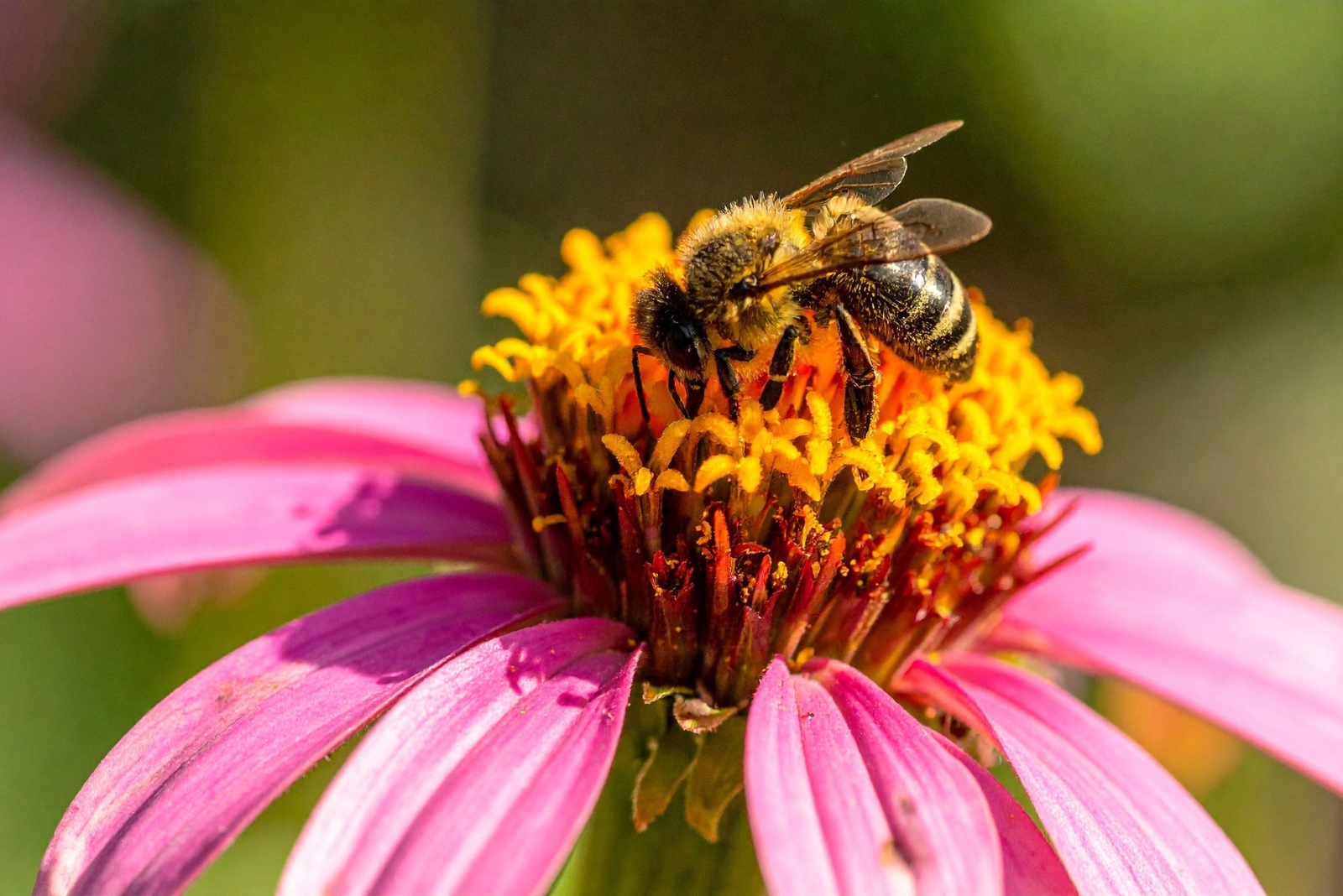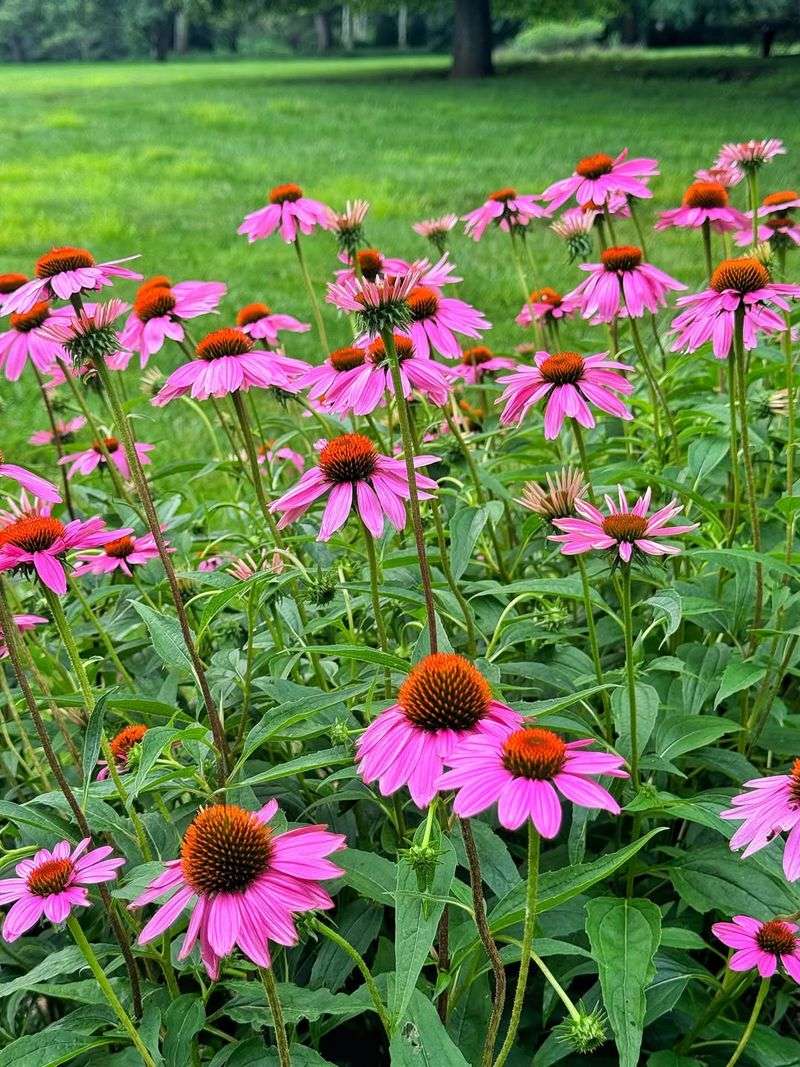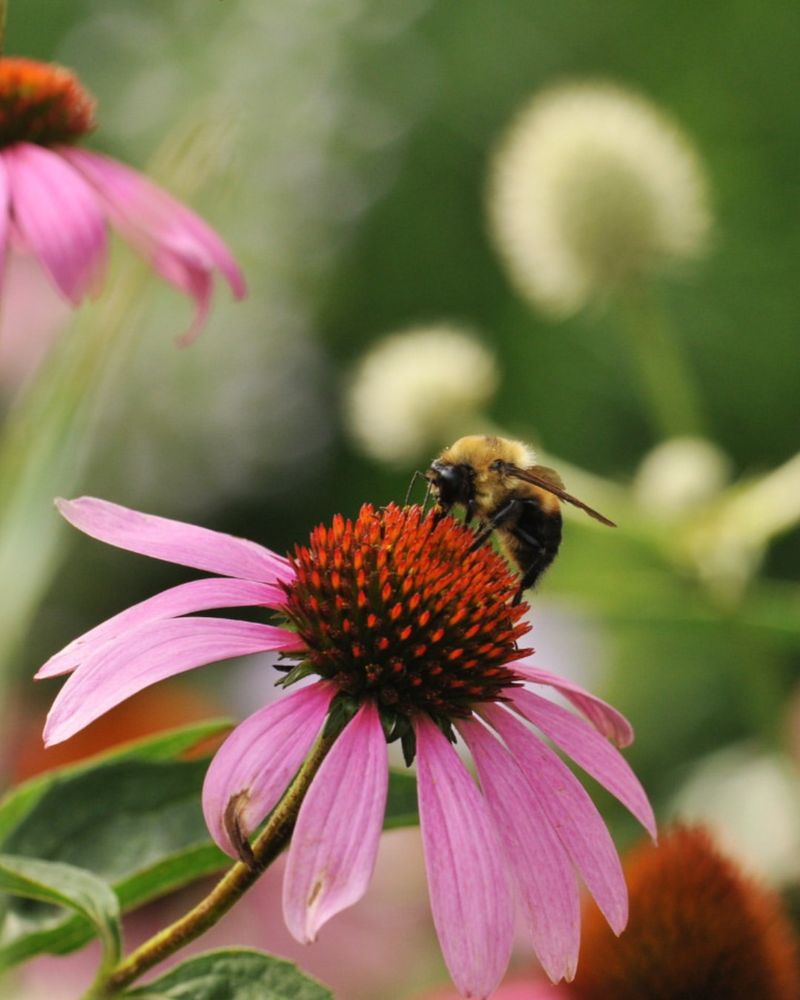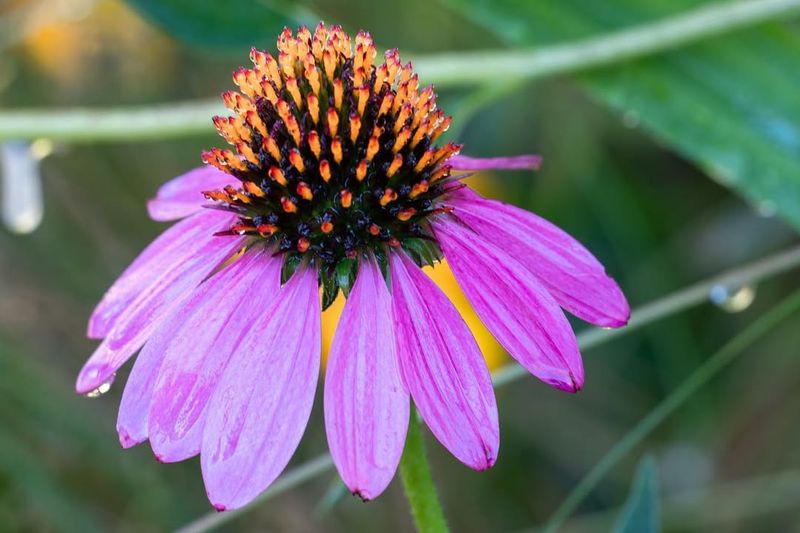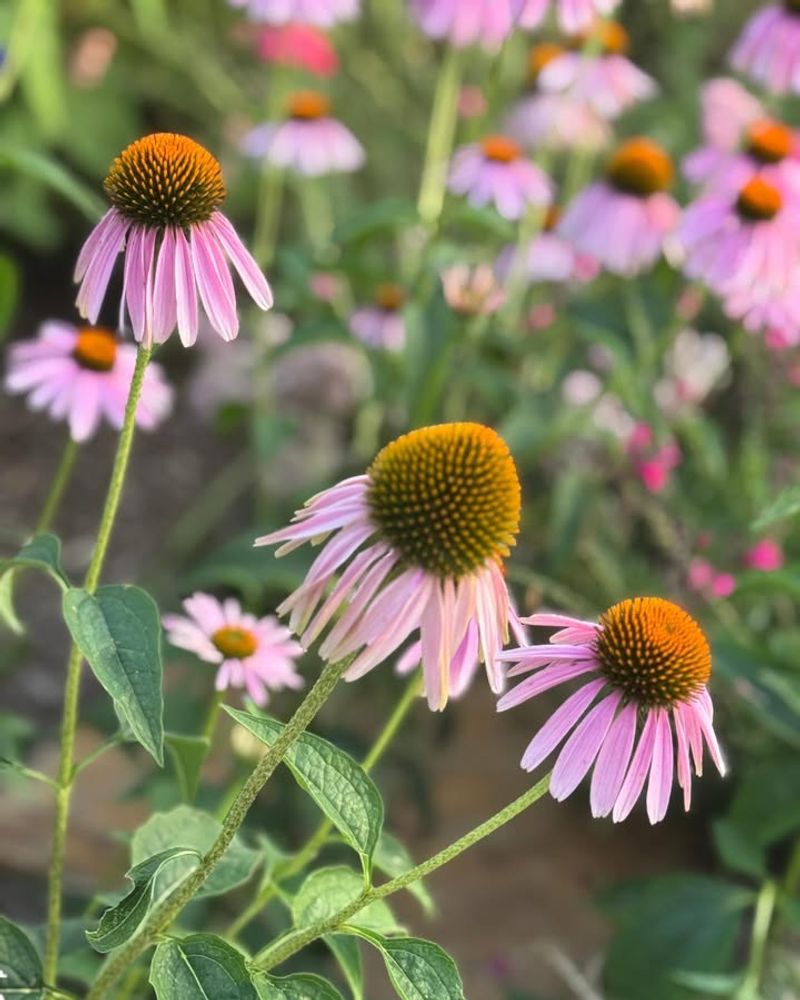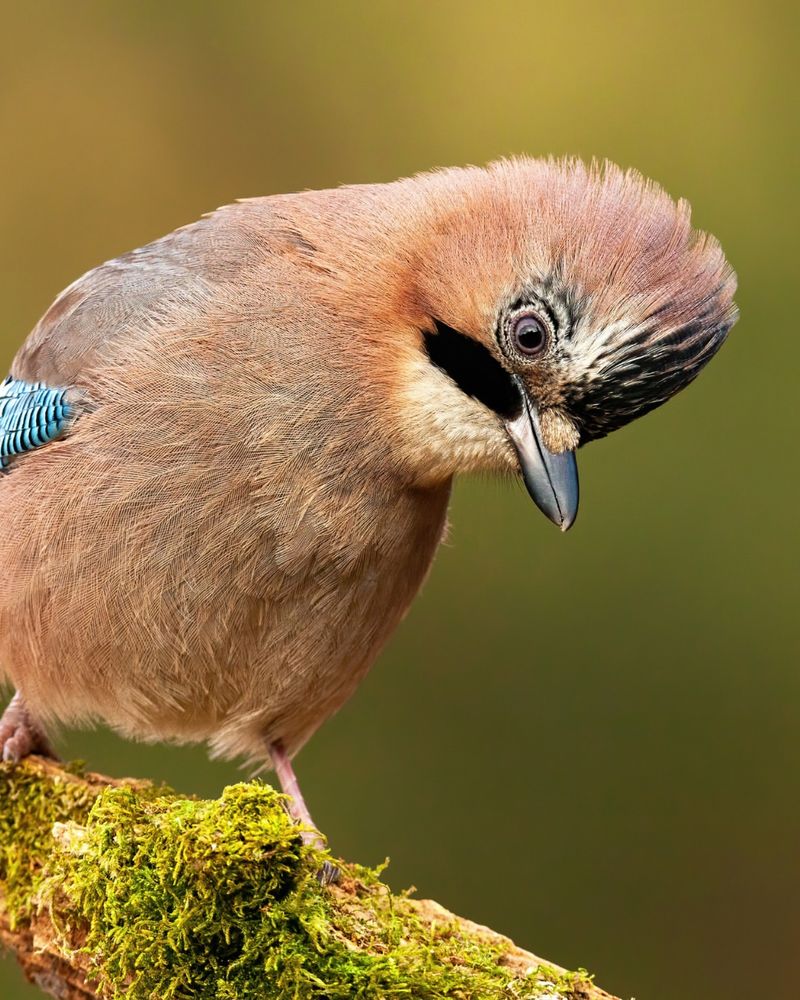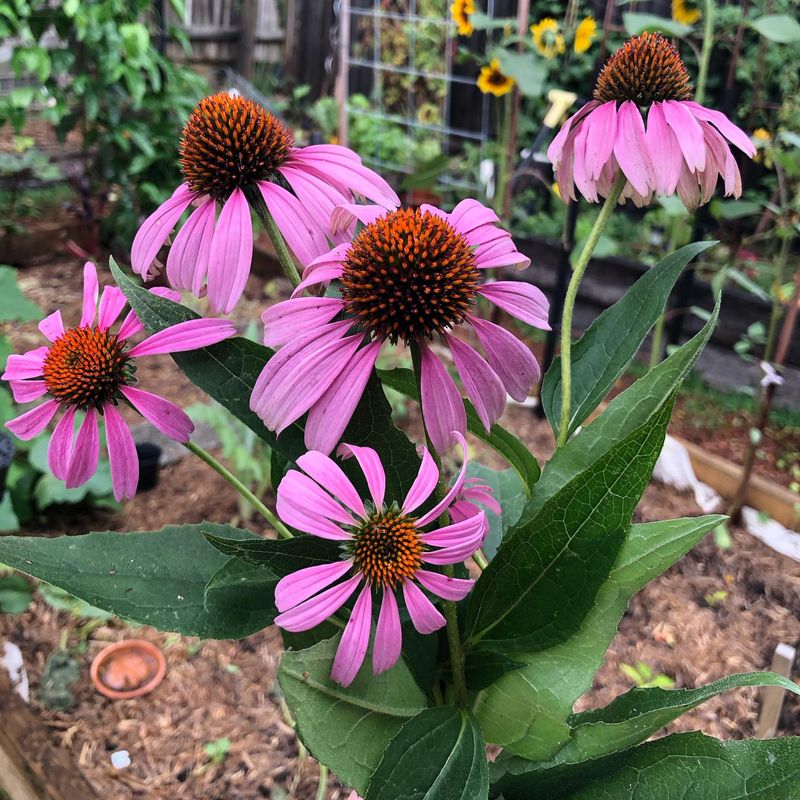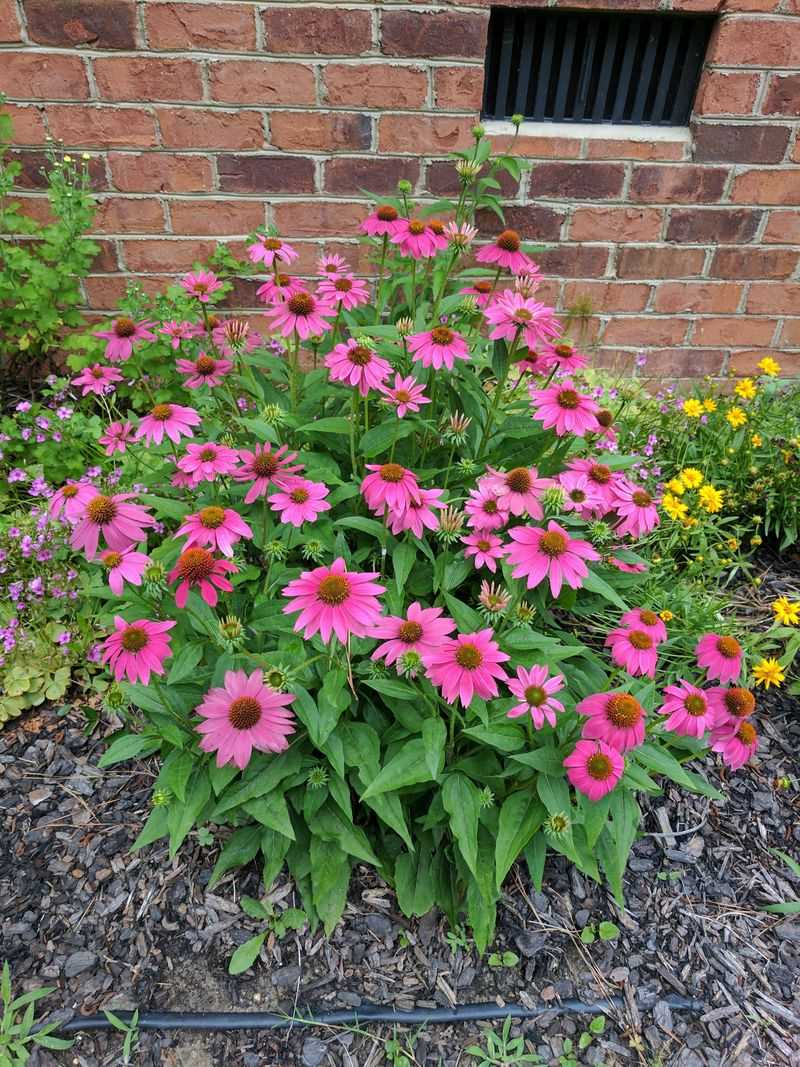Pennsylvania yards display a noticeable rise in bee activity this season. The rhythm of wings across flower beds signals a garden in strong health.
A native plant now anchors borders, meadow patches, and pollinator gardens with confident color and steady nectar supply. Its presence requires little adjustment or special maintenance. The plant at the center of this seasonal revival is purple coneflower.
1. Native To North America And Thrives In Pennsylvania
Purple coneflowers originally grew wild across the prairies and open woodlands of North America. Pennsylvania’s climate suits them perfectly because they adapted to similar weather patterns over thousands of years.
Gardeners love how easily these flowers grow without much fuss or special care. Native plants like purple coneflowers need less water and fewer chemicals than non-native species.
Choosing native plants helps local ecosystems stay balanced and healthy for generations to come.
2. A Pollinator Paradise For Bees And Butterflies
Watch any purple coneflower in bloom, and you’ll see bees working hard to collect nectar and pollen. Butterflies, hummingbirds, and other beneficial insects also visit these flowers throughout the day.
The flower’s flat landing pad makes it easy for pollinators to reach the sweet rewards inside. Fall blooms provide crucial food when many other flowers have already faded away.
Planting purple coneflowers means supporting the creatures that help our Pennsylvania gardens and food crops flourish.
3. Blooms From Summer Through Fall
Most purple coneflowers start showing off their colorful petals in early summer and keep blooming until the first frost arrives in Pennsylvania. This long flowering season makes them incredibly valuable for gardeners who want continuous color.
Fall gardens can look bare and brown, but purple coneflowers add cheerful pops of purple and orange. Deadheading spent flowers encourages even more blooms to appear.
Their reliable performance means you’ll enjoy beauty in your garden for months on end.
4. Drought-Tolerant Once Established
After their first growing season, purple coneflowers develop deep root systems that search for water underground. This adaptation allows them to survive hot, dry summers without constant watering from gardeners.
You’ll save time, money, and precious water resources by growing drought-tolerant plants like these. During Pennsylvania’s occasional dry spells, purple coneflowers keep looking fresh and vibrant.
Their toughness makes them perfect for busy people who want beautiful gardens without high maintenance.
5. Seeds Feed Birds During Winter Months
When fall turns to winter, purple coneflower petals drop away, leaving behind seed-filled cones that birds absolutely love. Goldfinches, chickadees, and other songbirds perch on the sturdy stems to feast on nutritious seeds.
Many Pennsylvania gardeners leave the dried flower heads standing instead of cutting them down for this exact reason. Watching birds visit your winter garden brings joy during the coldest months.
Purple coneflowers provide food and beauty even when everything else looks dormant and gray.
6. Used In Traditional And Modern Medicine
Native American tribes discovered the healing properties of purple coneflowers centuries ago, using them to treat various ailments. Today, many Pennsylvania people recognize this plant by its scientific name, Echinacea, found in teas and supplements.
Research suggests Echinacea may help support immune system function during cold and flu season. Herbalists continue studying this remarkable plant to understand all its potential benefits.
Growing purple coneflowers connects us to ancient wisdom while providing modern health support.
7. Easy To Grow From Seeds Or Transplants
Beginning Pennsylvania gardeners find success with purple coneflowers because they’re forgiving and adaptable to different soil types. You can start them from seeds indoors in spring or buy small plants from nurseries for instant results.
They prefer sunny spots but tolerate some shade, making them flexible for various garden locations. Once planted, they multiply naturally, spreading to create larger patches over time.
Their easygoing nature means anyone can enjoy growing these beneficial beauties without special skills.

